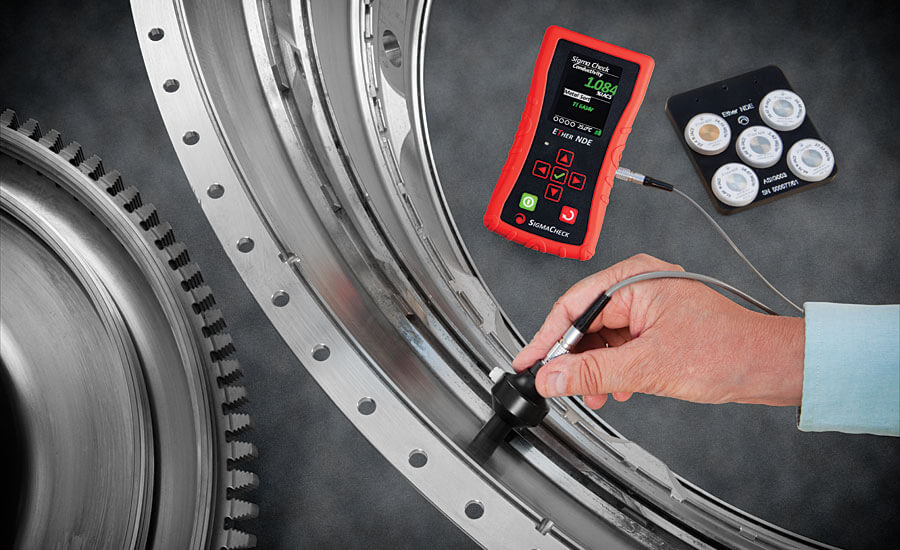


Get to know us better! Download our company profile to explore our expertise, services, and success stories. Stay informed about how we can add value to your business.

Remote Field is a technique used for the inspection of tubes made of ferrous materials, like Carbon steel and Chrome-Molybdenum. RFT is only one of the techniques available for inspection of carbon steel tubes. Since al inspection techniques that are available for carbon steel have limitations compared to conventional eddy current, it is even more important to select the most suitable technique for each different situation.
For the inspection of carbon steel tubes it is often recommended to use a combination of one or more techniques. Overall wall-loss can be easily detected and accurately quantified. Local defect scan be detected and quantified provided that they have some volume (diameter pit >5 mm).
RFT can detect both in- and external defects but it is not possible to distinguish between them. Widely used in Steel, Automotive and Aerospace industries, the eddy current method is one of many electromagnetic testing methods used in Non-Destructive Testing (NDT). It makes use of electromagnetic induction to detect and characterize surface and sub-surface flaws in conductive materials.